Gemology Videos
Inclusions
Solid inclusions in Sapphire
Sapphire
Surface Features on Sapphire
Gemology Tools
Optical
Gemstone Treatments
Sapphire – Heat Treatment
General
Discussions
Advertisements
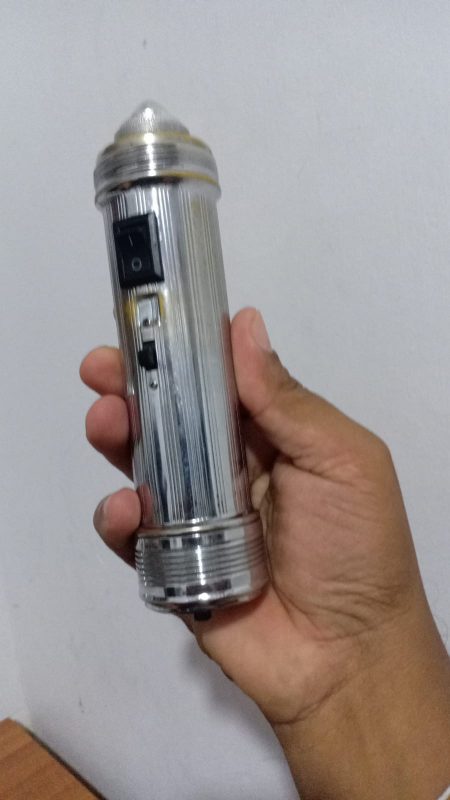 Ex : https://www.aliexpress.com/item/1005002070392588.html?dp=a482101b6d18238f5e8a05e938a4ebbe&af=934388&cv=47843&afref=&mall_affr=pr3&utm_source=admitad&utm_medium=cpa&utm_campaign=934388&utm_content=47843&dp=a482101b6d18238f5e8a05e938a4ebbe&af=934388&cv=47843&afref=&mall_affr=pr3&utm_source=admitad&utm_medium=cpa&utm_campaign=934388&utm_content=47843&aff_fcid=96fd0e7fcce9462d89ce4671fc74791b-1651331145046-02978-_ePNSNV&aff_fsk=_ePNSNV&aff_platform=portals-tool&sk=_ePNSNV&aff_trace_key=96fd0e7fcce9462d89ce4671fc74791b-1651331145046-02978-_ePNSNV&terminal_id=304716b2b80744408ca6a6c77f09188b&afSmartRedirect=y
https://www.aliexpress.com/item/1005002309303205.html?spm=a2g0o.order_list.0.0.21ef1802osPUCd
2. Scale
Ex : https://www.aliexpress.com/item/1005002070392588.html?dp=a482101b6d18238f5e8a05e938a4ebbe&af=934388&cv=47843&afref=&mall_affr=pr3&utm_source=admitad&utm_medium=cpa&utm_campaign=934388&utm_content=47843&dp=a482101b6d18238f5e8a05e938a4ebbe&af=934388&cv=47843&afref=&mall_affr=pr3&utm_source=admitad&utm_medium=cpa&utm_campaign=934388&utm_content=47843&aff_fcid=96fd0e7fcce9462d89ce4671fc74791b-1651331145046-02978-_ePNSNV&aff_fsk=_ePNSNV&aff_platform=portals-tool&sk=_ePNSNV&aff_trace_key=96fd0e7fcce9462d89ce4671fc74791b-1651331145046-02978-_ePNSNV&terminal_id=304716b2b80744408ca6a6c77f09188b&afSmartRedirect=y
https://www.aliexpress.com/item/1005002309303205.html?spm=a2g0o.order_list.0.0.21ef1802osPUCd
2. Scale
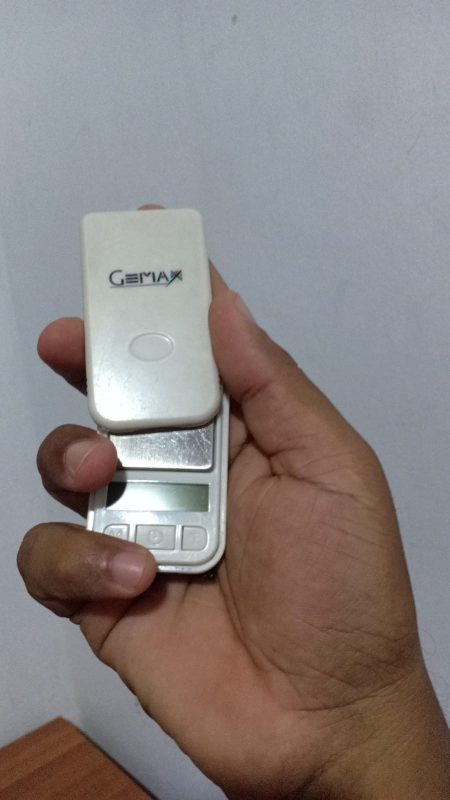 3. Spinel Card
3. Spinel Card
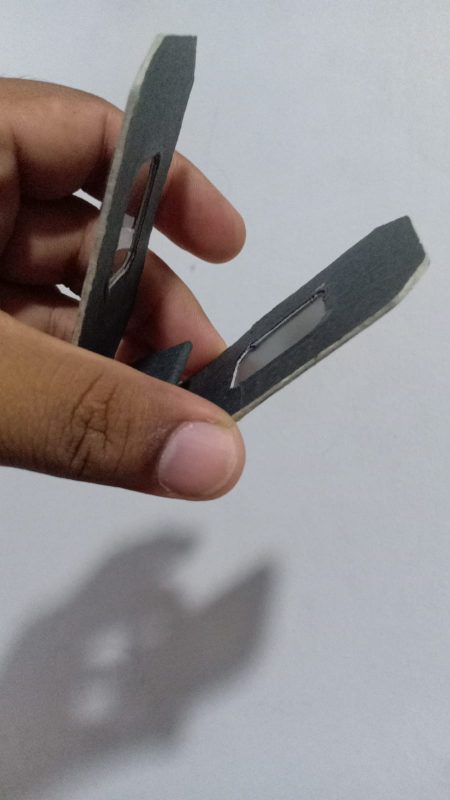 Ex: https://www.sujanijewellers.com/product/polaris-spinel-card-for-gems/
4. Oil Bottle
Ex: https://www.sujanijewellers.com/product/polaris-spinel-card-for-gems/
4. Oil Bottle
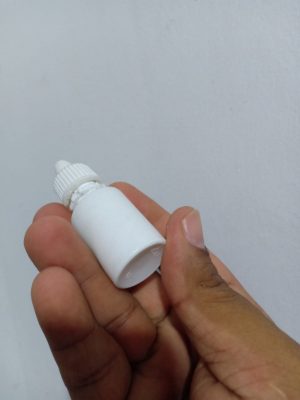 5.10x Loupe
5.10x Loupe
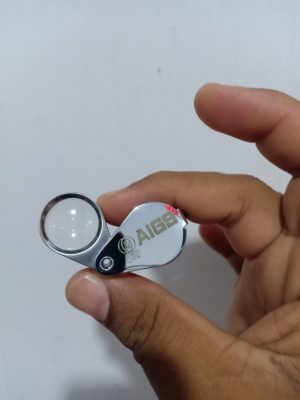 6. Plastic Packets
https://www.aliexpress.com/item/32780756045.html?spm=a2g0o.order_list.0.0.21ef1802osPUCd
7. Macro Lens
https://www.aliexpress.com/item/32888113922.html?spm=a2g0o.store_pc_groupList.8148356.2.74045c17wZEcbX
8. Tweezer
https://www.aliexpress.com/item/32946862870.html?spm=a2g0o.order_list.0.0.21ef1802osPUCd
9. Bag
https://www.aliexpress.com/item/1005002662828987.html?spm=a2g0o.order_list.0.0.21ef1802osPUCd[learn_press_profile]
6. Plastic Packets
https://www.aliexpress.com/item/32780756045.html?spm=a2g0o.order_list.0.0.21ef1802osPUCd
7. Macro Lens
https://www.aliexpress.com/item/32888113922.html?spm=a2g0o.store_pc_groupList.8148356.2.74045c17wZEcbX
8. Tweezer
https://www.aliexpress.com/item/32946862870.html?spm=a2g0o.order_list.0.0.21ef1802osPUCd
9. Bag
https://www.aliexpress.com/item/1005002662828987.html?spm=a2g0o.order_list.0.0.21ef1802osPUCd[learn_press_profile]
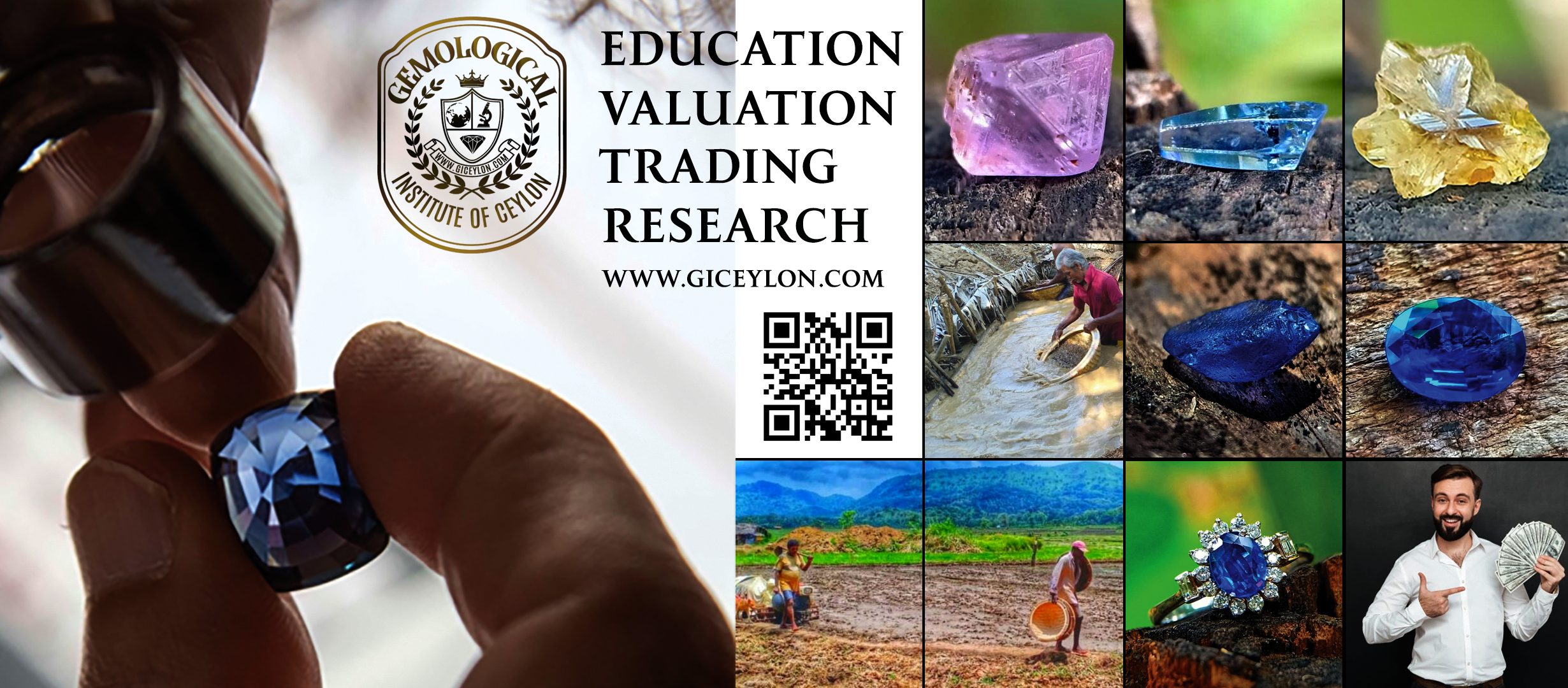
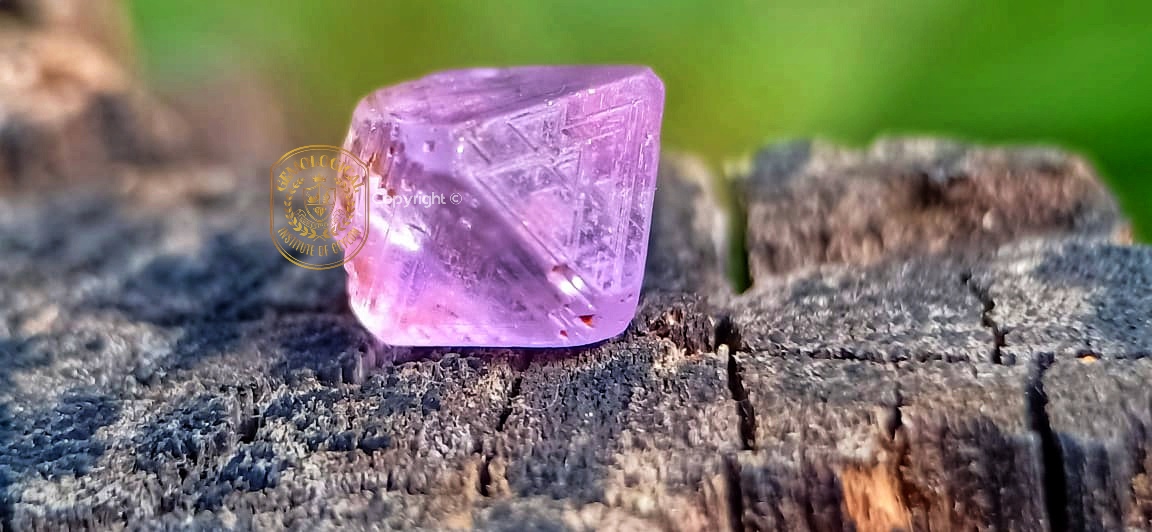 Spinel has been used in jewelry for a long time, but this gemstone has only recently been given the attention it deserves. Until the late 19th and early 20th centuries, spinel was often thought to be corundum because they are often found in the same mines. However, each of these minerals has a different chemical make-up. As a result, the reputation of the stone was hurt when people learned that some of their favorite rubies and sapphires were actually spinels. Furthermore, synthetic spinel is also cheap and common. It has been used a lot as a fake gem in class rings and birthstone jewelry, which has made people think it isn’t real. This isn’t true of spinel, which has always been a rare and beautiful gem. Spinel’s natural beauty has become more appealing to people who know how much work it takes to improve the color or clarity of low-quality rubies and sapphires. Today, almost all of the natural spinels on the market haven’t been treated. People who like them because of their low prices can buy them in almost any color and use them for most types of jewelry find them even more appealing.
Spinel has been used in jewelry for a long time, but this gemstone has only recently been given the attention it deserves. Until the late 19th and early 20th centuries, spinel was often thought to be corundum because they are often found in the same mines. However, each of these minerals has a different chemical make-up. As a result, the reputation of the stone was hurt when people learned that some of their favorite rubies and sapphires were actually spinels. Furthermore, synthetic spinel is also cheap and common. It has been used a lot as a fake gem in class rings and birthstone jewelry, which has made people think it isn’t real. This isn’t true of spinel, which has always been a rare and beautiful gem. Spinel’s natural beauty has become more appealing to people who know how much work it takes to improve the color or clarity of low-quality rubies and sapphires. Today, almost all of the natural spinels on the market haven’t been treated. People who like them because of their low prices can buy them in almost any color and use them for most types of jewelry find them even more appealing.
Spinel Information
| Name | Spinel |
| Varieties | Ceylonite, Chromite, Gahnospinel, Hercynite, Pleonaste |
| Crystallography | Isometric. Crystals octahedral; also as grains, massive. |
| Crystallographic Forms |
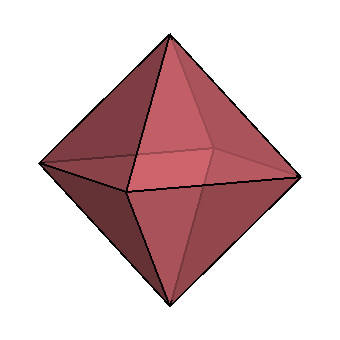 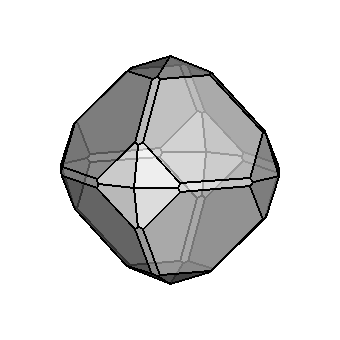 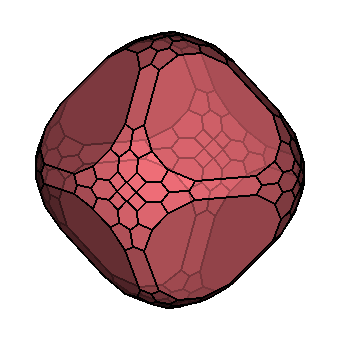 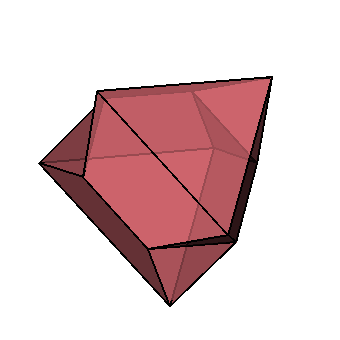 |
| Refractive Index | Varies, 1.719-1.920. See table in “Spinel Varieties” below. |
| Colors | Various shades of red, blue, green; also brown, black, gray, lilac, purple, orange, orange-red, rose, nearly colorless. |
| Luster | Vitreous. |
| Polish Luster | Vitreous. |
| Fracture Luster | Vitreous to subadamantine. |
| Hardness | 7.5-8 |
| Wearability | Excellent |
| Fracture | Conchoidal |
| Specific Gravity | 3.58-3.98; gems 3.58-3.61. See table in “Varieties” below. |
| Birefringence | None |
| Cleavage | None |
| Dispersion | 0.020 |
| Heat Sensitivity | No |
| Luminescence | Reds and pinks: crimson in LW, also SW; red in X-rays; no phosphorescence. Blue: inert in UV. Deep purple: red in LW, essentially inert SW, lilac in X-rays. Pale blue and violet: green in LW, X-rays, essentially inert in SW. Orange, red, and pink; inert to weak red or red/orange SW. Weak to strong red and orange LW. Cobalt blue; strong chalky whitish-green SW. Inert to moderate orange or orange/red LW. Near colorless and light green; inert to moderate orange/red LW. Deep purple; red LW, inert SW. Pale blue and violet; green LW, inert SW. |
| Luminescence Present | Yes |
| Luminescence Type | Fluorescent, UV-Long, UV-Short, X-ray Colors |
| Enhancements | Natural spinels are usually not enhanced but may receive heat treatment. Synthetic spinels may be quench crackled. |
| Typical Treatments | Heat Treatment |
| Special Care Instructions | None |
| Transparency | Transparent to opaque. |
| Absorption Spectrum | Red and pink; Strong fluorescence between 490 and 595 nm, weak band at 656, sharp lines at 685.5 and 684 nm. May also show chromium spectrum, broadband at 540 nm, and absorption of violet. Blue; Strong band at 458 nm, narrow at 478 nm, weak lines at 443 and 433, may also have bands around 430 to 435, 550, 565 to 575, 590, and 625. Violet and purple; May show the same spectrum as blue, only weaker. |
| Phenomena | Asterism, chatoyancy, color change (rare). |
| Identifying Characteristics | Spinel minute octahedral crystals are often aligned in planes or swirls. Synthetic spinel strong ADR, cross-hatch effect. Except for red and pink, fluorescence often varies from natural. |
| Birthstone | August |
| Formula | MgAl2O4 + many substitutional elements. |
| Pleochroism | None. |
| Optics | Isotropic. |
| Etymology | Possibly from the Latin spina for “thorn,” alluding to spine-shaped crystals. Since this is not a common habit for spinel, this origin is uncertain. |
| Occurrence | Spinels are found in metamorphic rocks and their weathering products. Especially found in contact deposits (marbles and limestones). |
| Inclusions | See “Identifying Characteristics” below. |
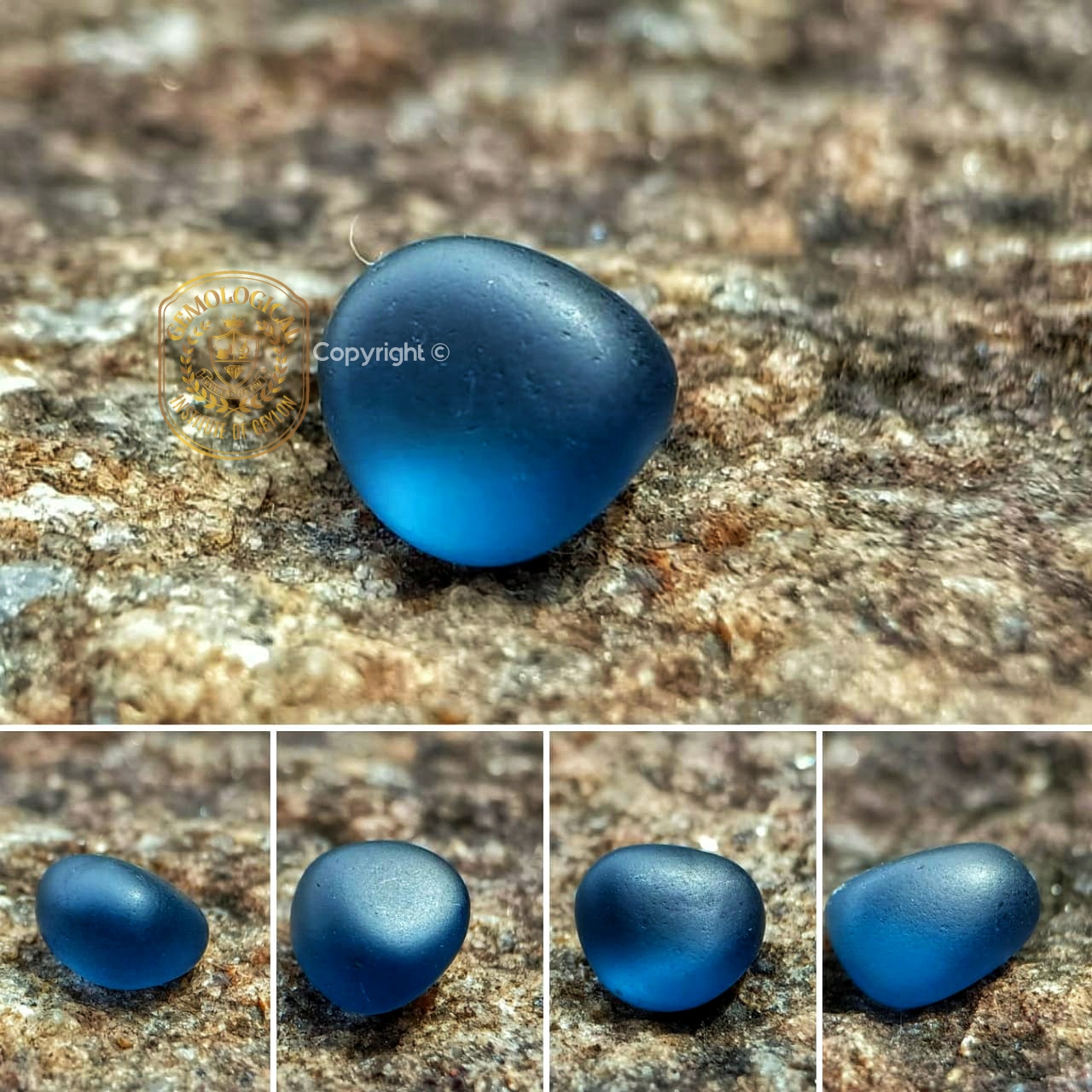 Spinel is a mineral that is made up of several different minerals. The spinel group includes gahnite, hercynite, ceylonite, picotite, and galaxite. These materials are extremely dark and are only occasionally used as jewels. They’re all magnesium, iron, and zinc isometric oxides with traces of aluminum and other elements. Between spinel (MgAl2O4) and gahnite, there is a solid-state solution (ZnAl2O4). Gahnospinel is the name for the intermediate species ([Mg, Zn]Al2O4). Pure spinel is far more abundant than its blends, unlike most solid-state series such as garnet.
Spinel is a mineral that is made up of several different minerals. The spinel group includes gahnite, hercynite, ceylonite, picotite, and galaxite. These materials are extremely dark and are only occasionally used as jewels. They’re all magnesium, iron, and zinc isometric oxides with traces of aluminum and other elements. Between spinel (MgAl2O4) and gahnite, there is a solid-state solution (ZnAl2O4). Gahnospinel is the name for the intermediate species ([Mg, Zn]Al2O4). Pure spinel is far more abundant than its blends, unlike most solid-state series such as garnet. 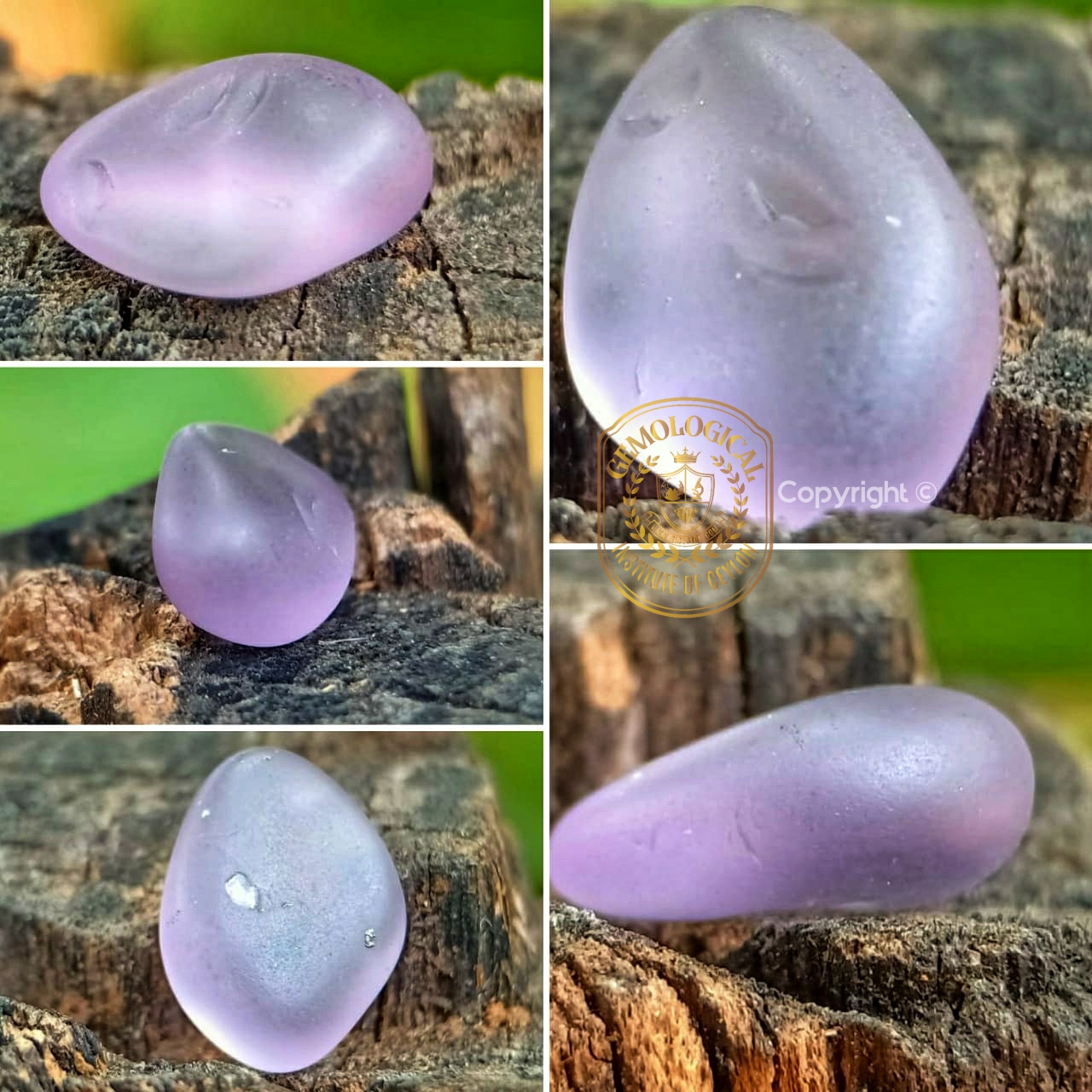
|
Formula |
R.I. |
S.G. |
Color |
|
| Spinel | MgAl2O4 |
1.719 |
3.55-3.63 |
all but pure green and yellow |
| Gahnite | ZnAl2O4 |
1.805 |
4.0-4.62 |
deep green |
| Gahnospinel | (Mg, Zn)Al2O4 |
1.725 -1.753+ |
3.58-4.06 |
blue, dark blue |
| Hercynite | FeAl2O4 |
1.835 |
4.40 |
black, dark colors |
| Ceylonite and pleonaste | (Mg, Fe)Al2O4 |
1.77-1.78 |
3.63-3.90 (esp. 3.80) |
very dark colors |
| Picotite | Fe(Al, Cr)2O4 |
– |
4.42 |
dark green to black |
| Galaxite | MnAl2O4 |
1.92 |
4.04 |
deep red to black |
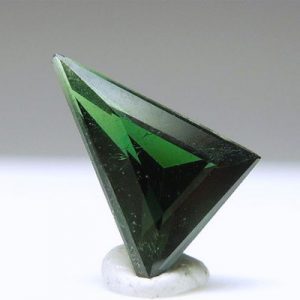
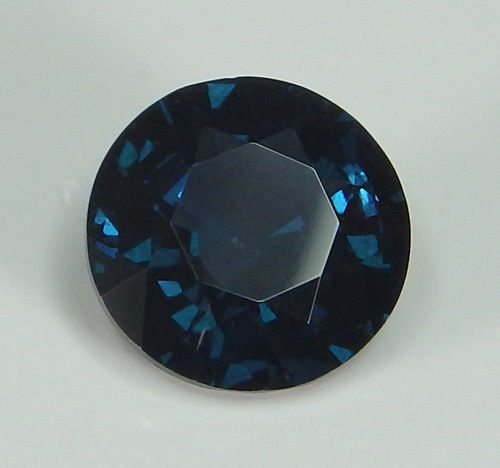
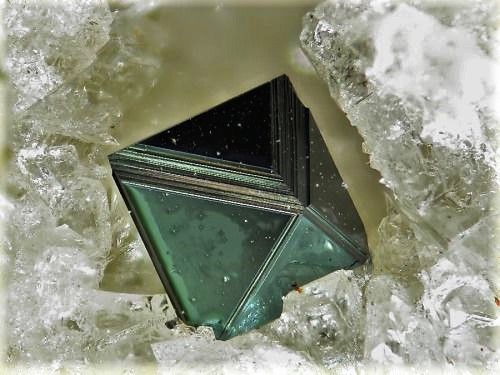
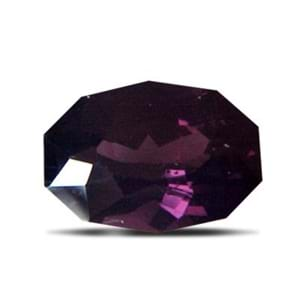
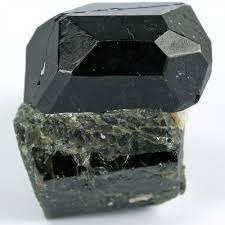
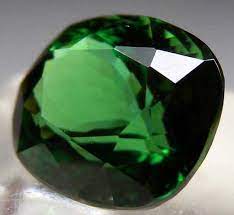
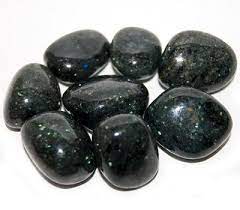
The chromium spectrum, which includes a broad band at 540 nm as well as violet absorption, is red and pink. Fluorescent “organpipe” lines could be a group of fine red lines.
Blue: There are blue lines in the iron spectrum, particularly at 458, as well as a narrow line at 478 and weak lines at 443 and 433. 686, 675, as well as 635, 585, 555, and 508, are the two most powerful. (Note that this iron spectrum differs from synthetic spinel’s cobalt blue.) Bands of 700 and 570 in Nigerian blue gahnite are similar to those found in spinel. The spectrum of mauve and pastel blue is similar to that of blue, except it is weaker.

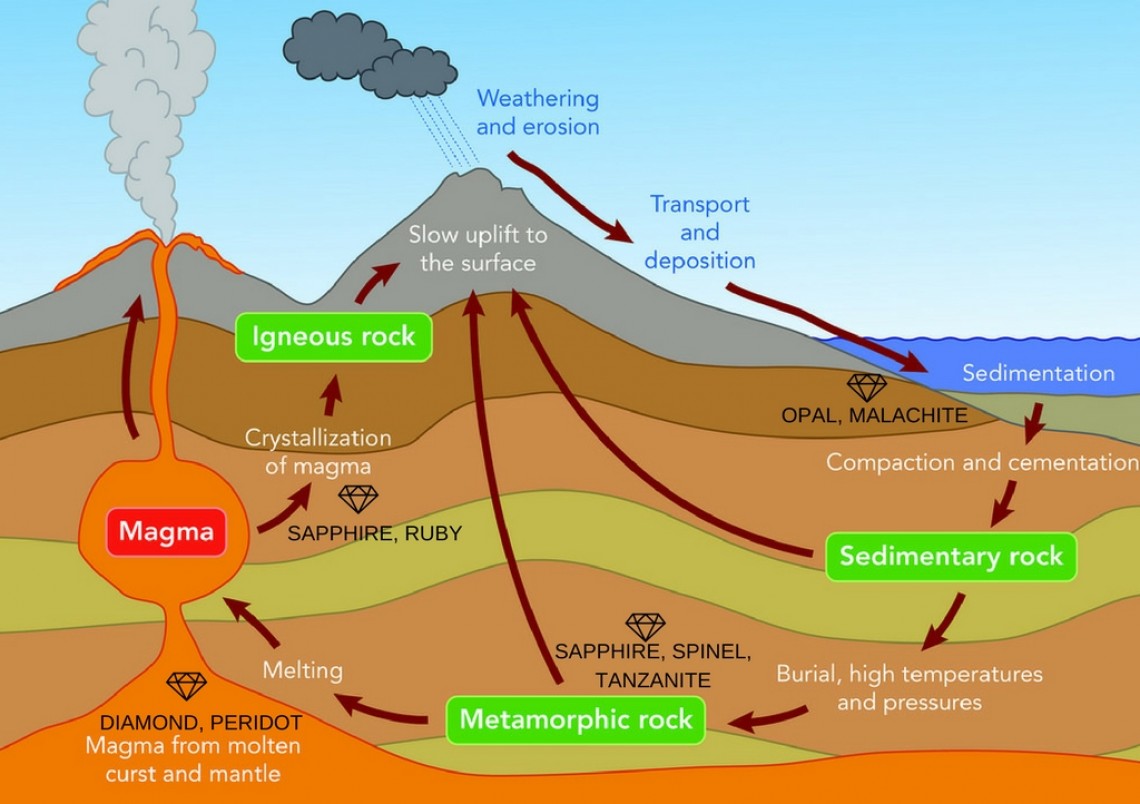 1. Igneous
2. Metamorphic
3. Sediment
3. Hydrothermal
1. Igneous
2. Metamorphic
3. Sediment
3. Hydrothermal
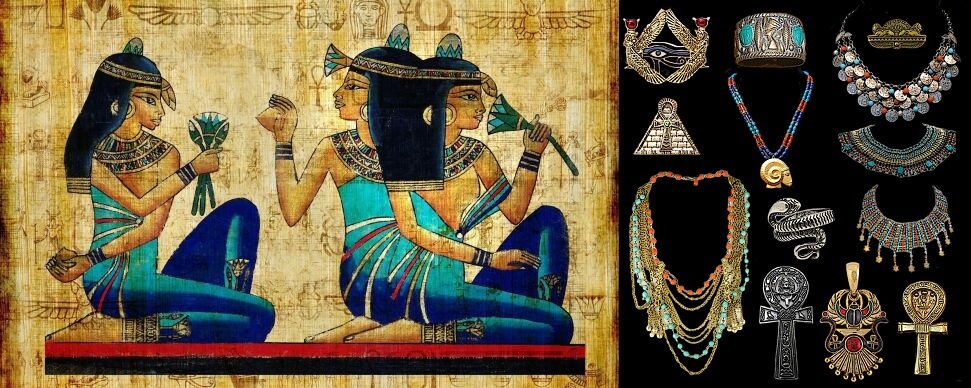 I think most people think of the Egyptians when they think of old jewelry. It was only when the tomb of Tutankhamun was opened in 1922 that the hieroglyphs were seen for the first time. They show people wearing gold bangles, neckpieces, and earrings. One of the most amazing things about this almost-complete tomb was that it had a lot of beautiful, gold-covered artifacts. The Egyptian aesthetic has been a big influence on Modernist jewelry, and it still has a big influence on jewelry designs today.
Germany
I think most people think of the Egyptians when they think of old jewelry. It was only when the tomb of Tutankhamun was opened in 1922 that the hieroglyphs were seen for the first time. They show people wearing gold bangles, neckpieces, and earrings. One of the most amazing things about this almost-complete tomb was that it had a lot of beautiful, gold-covered artifacts. The Egyptian aesthetic has been a big influence on Modernist jewelry, and it still has a big influence on jewelry designs today.
Germany
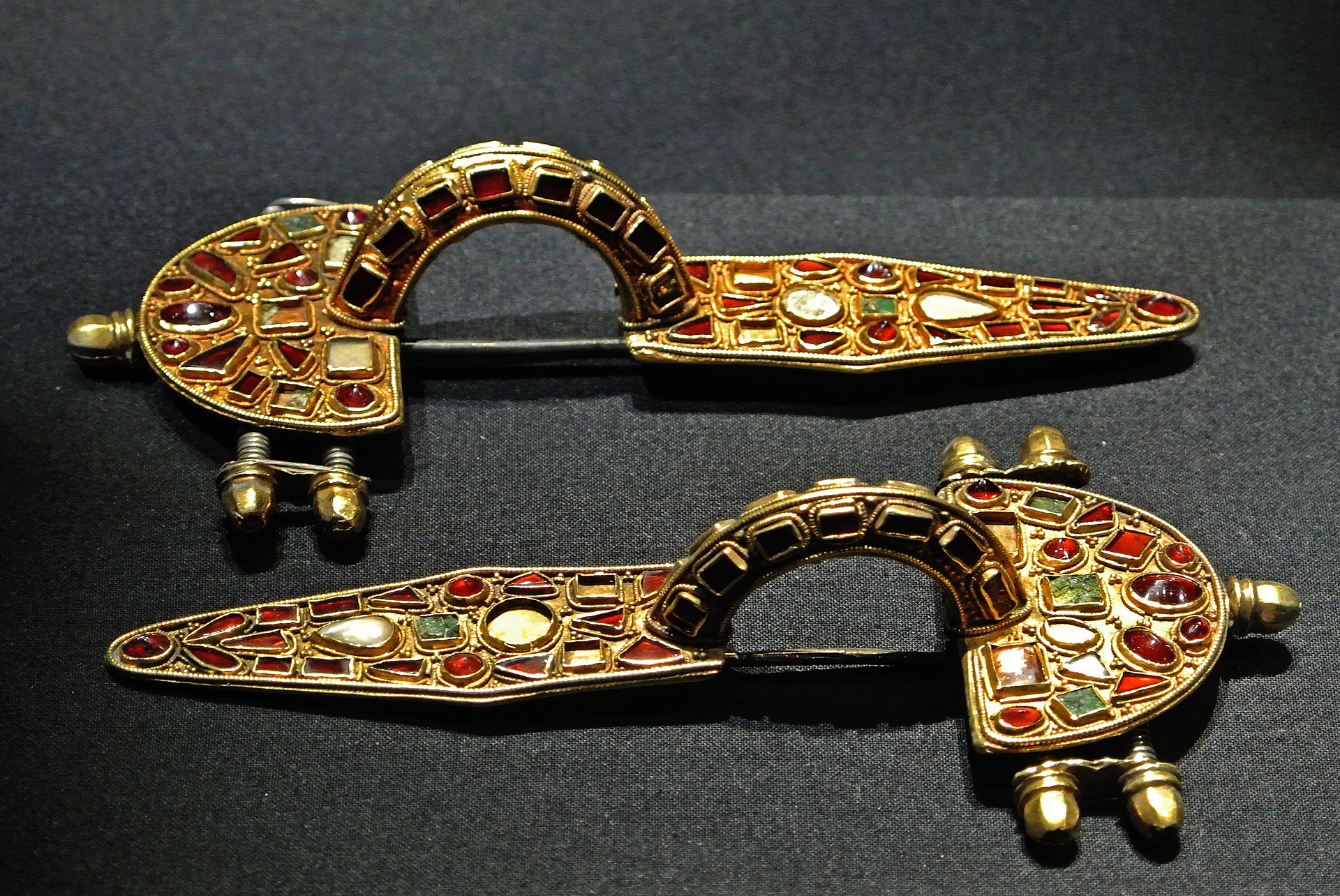 A fibula-brooch or pin that is used to fasten clothes, usually on the right shoulder. The fibula came in a lot of different shapes, but they all used the same safety-pin idea. Fibulae aren’t just pretty like most modern brooches. They were used to fasten clothes, like cloaks, back then. Archaeologists use the word “fibula” when they talk about ancient jewelry. They also use the word “brooch” when they talk about jewelry from the British Isles, and when they talk about other types of jewelry that aren’t old “safety pin” types.
A fibula-brooch or pin that is used to fasten clothes, usually on the right shoulder. The fibula came in a lot of different shapes, but they all used the same safety-pin idea. Fibulae aren’t just pretty like most modern brooches. They were used to fasten clothes, like cloaks, back then. Archaeologists use the word “fibula” when they talk about ancient jewelry. They also use the word “brooch” when they talk about jewelry from the British Isles, and when they talk about other types of jewelry that aren’t old “safety pin” types.
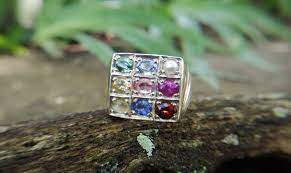 At that time, navaratna was first used. As it turns out, India’s history of diamond mining and pearl fishing goes back more than 2,000 years. In ancient times, a lot of its coastline was protected by huge coral reefs. Today, only the eastern state of Orissa makes ruby, sapphire, emerald (beryl), garnet, topaz, zircon, and cat’s-eye chrysoberyl, all of which come from the same place. The gems of navaratna are a way to show off the natural treasures of this ancient civilization.
At that time, navaratna was first used. As it turns out, India’s history of diamond mining and pearl fishing goes back more than 2,000 years. In ancient times, a lot of its coastline was protected by huge coral reefs. Today, only the eastern state of Orissa makes ruby, sapphire, emerald (beryl), garnet, topaz, zircon, and cat’s-eye chrysoberyl, all of which come from the same place. The gems of navaratna are a way to show off the natural treasures of this ancient civilization.
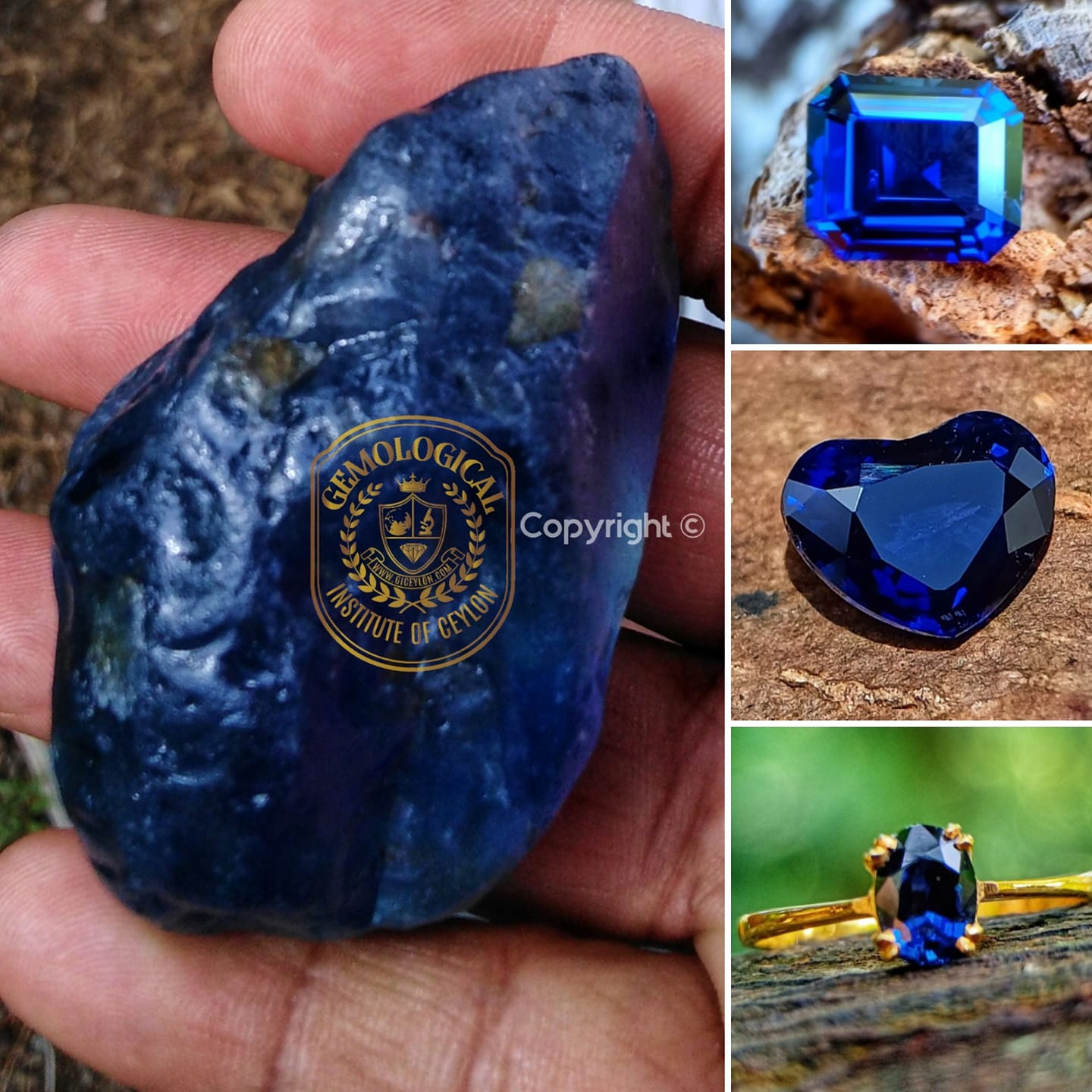
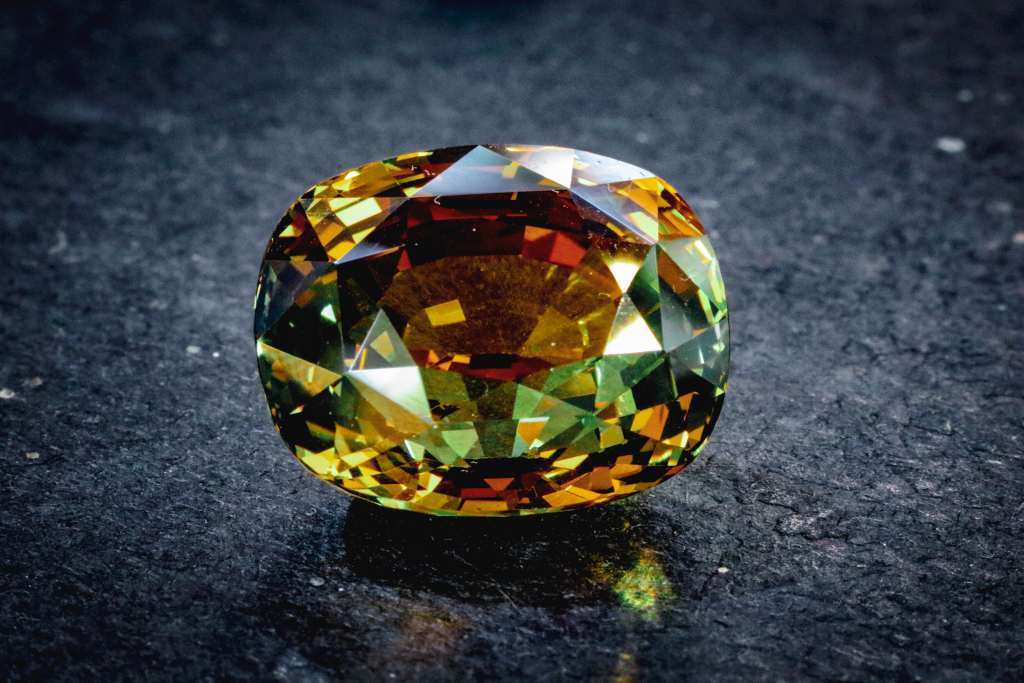
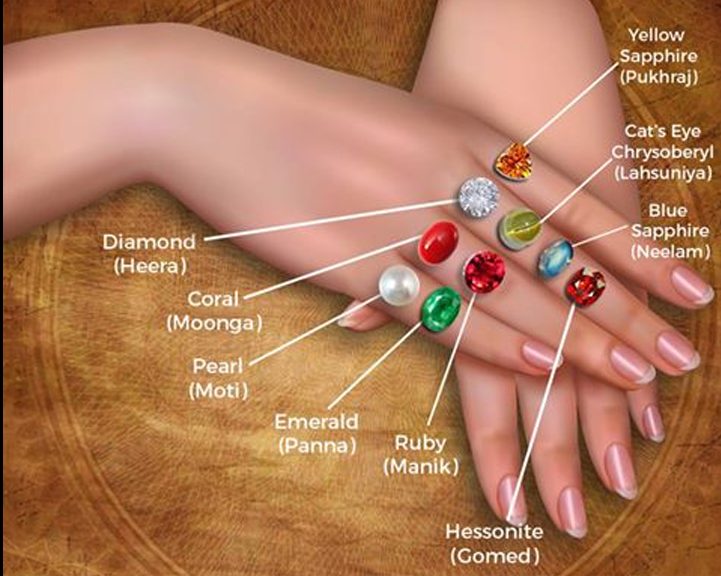
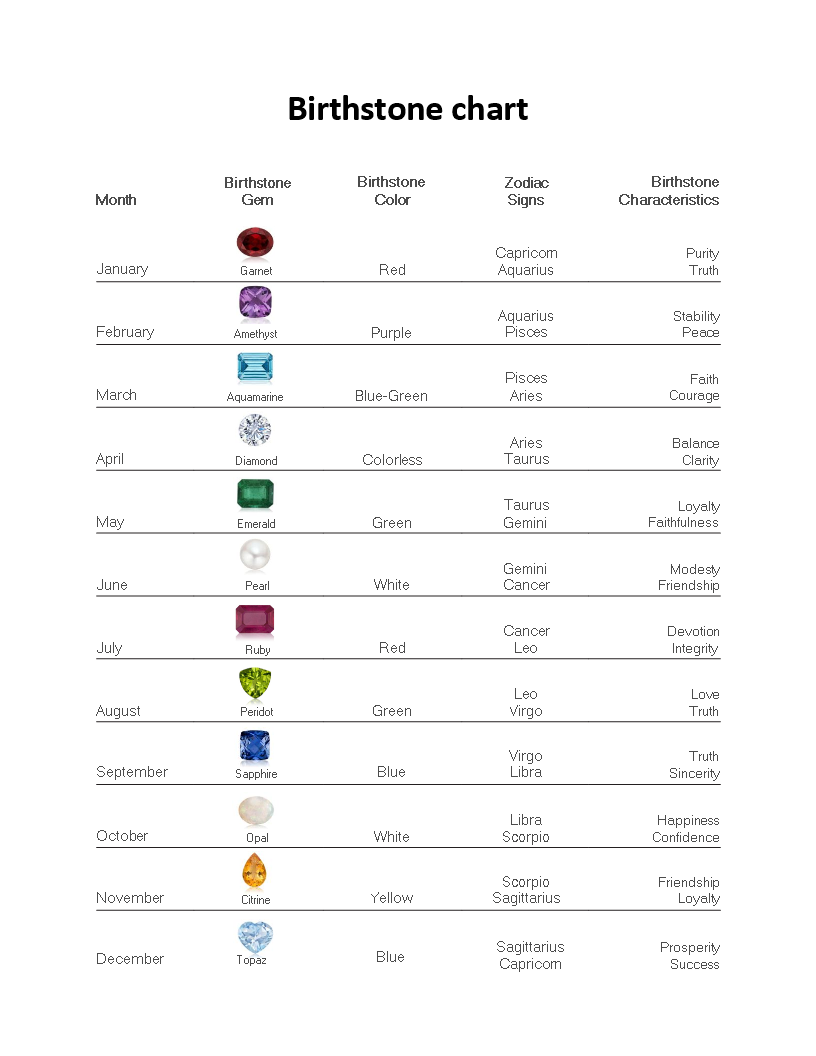 Healing Gemstones
Healing Gemstones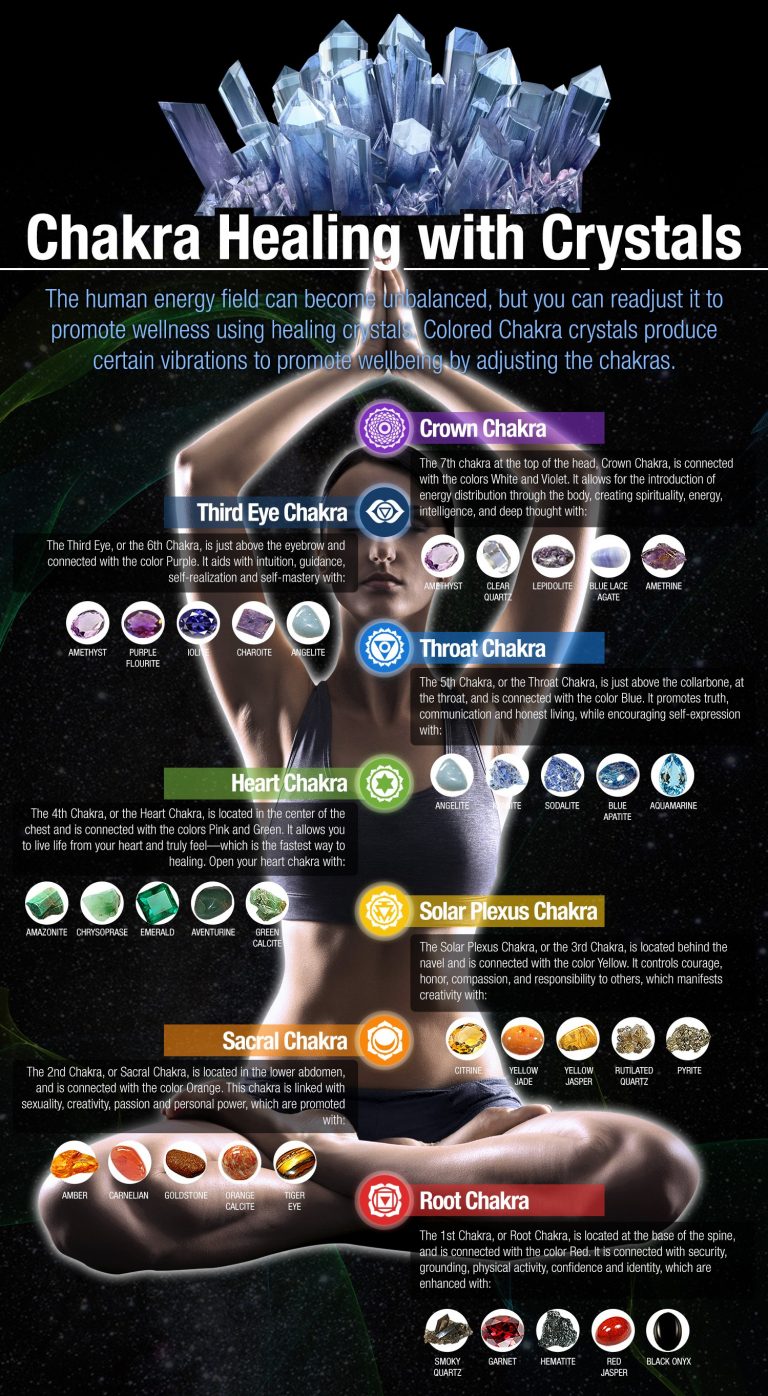
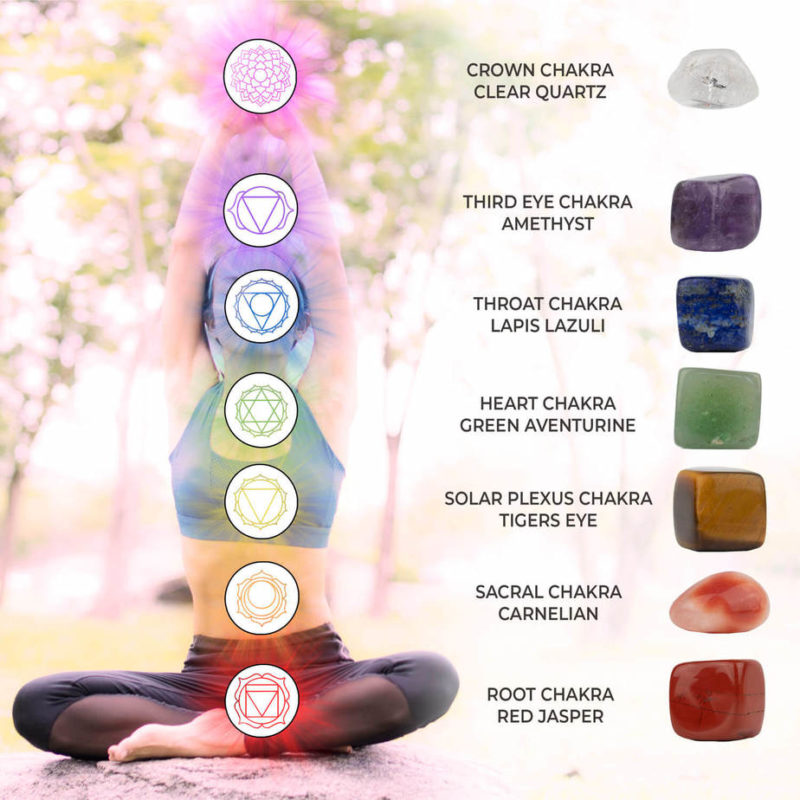

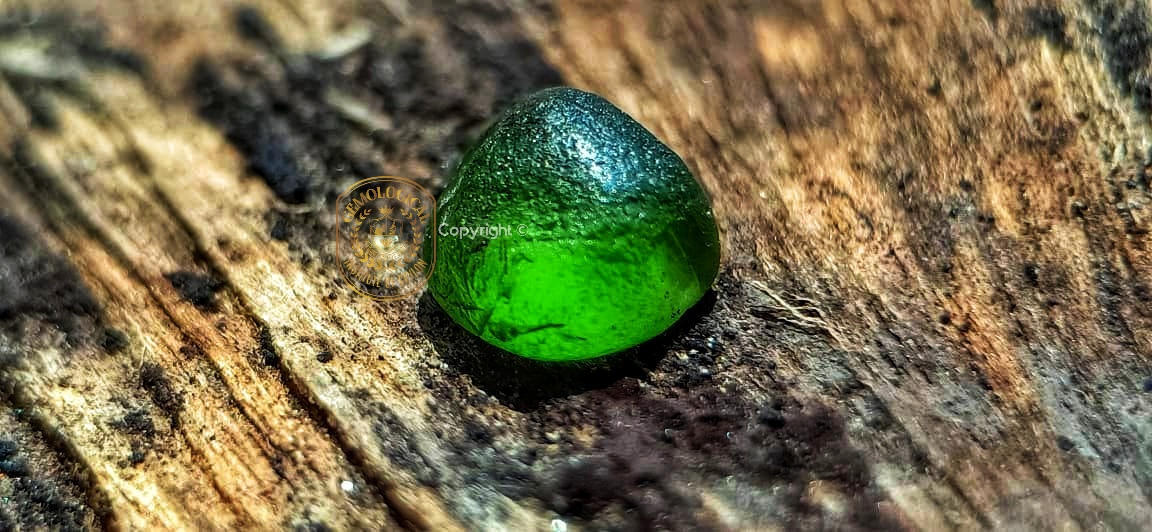
| Name | Zircon |
| Varieties | Hyacinth, Starlite ,Etc.. |
| Crystallography | Tetragonal. Crystals prismatic, pyramidal; often twinned; rounded pebbles. |
| Crystallographic Forms |
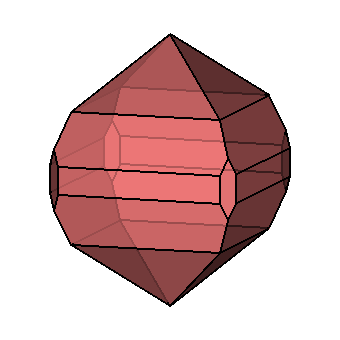 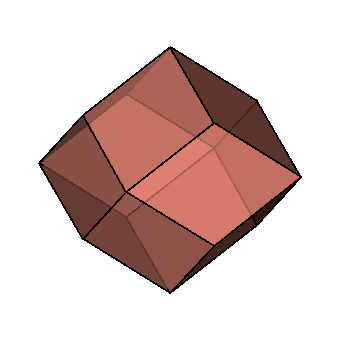 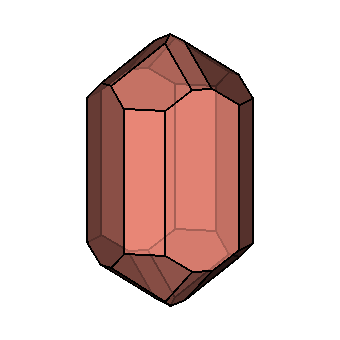 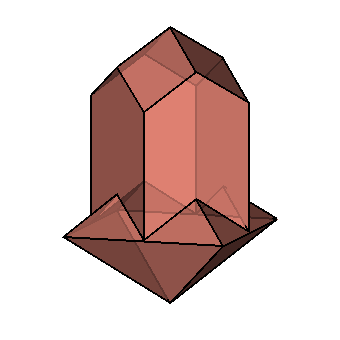 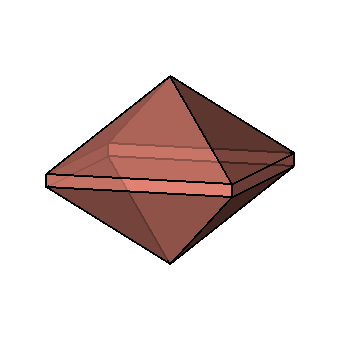 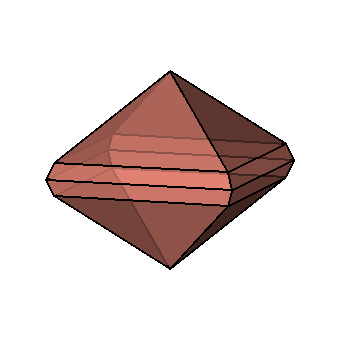 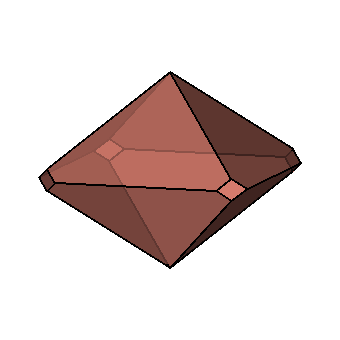 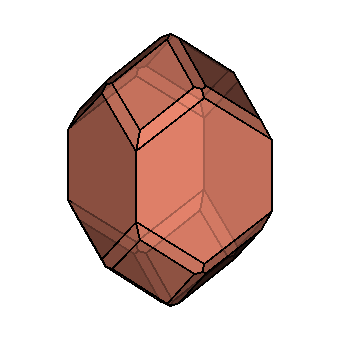 |
| Refractive Index | Varies by the amount of radioactive damage to its crystal structure. Low (most damaged): 1.78 – 1.85; Intermediate: 1.85 – 1.93; High (least damaged): 1.92 – 2.01. See “Varieties” for more information. |
| Colors | Reddish-brown, yellow, gray, green, red; various other colors induced by heating. |
| Luster | Vitreous to adamantine; sometimes greasy. |
| Polish Luster | Vitreous to adamantine |
| Fracture Luster | Vitreous to subadamantine |
| Hardness | 6 (Low), 7.5 (High) |
| Fracture | Conchoidal |
| Specific Gravity | Low 3.95-4.20, Intermediate 4.08-4.60, High 4.60-4.80 |
| Birefringence | Varies by the amount of radioactive damage. 0 (isotropic)-0.059. See “Varieties” for more information. |
| Cleavage | Imperfect |
| Dispersion | 0.039 for all zircon types. |
| Heat Sensitivity | None |
| Luminescence | See “Identifying Characteristics.” |
| Luminescence Present | Yes |
| Luminescence Type | Fluorescent, Phosphorescent, UV-Long, UV-Short, X-ray Colors |
| Enhancements | Virtually all blue zircon is heat treated. |
| Typical Treatments | Heat Treatment |
| Special Care Instructions | Facet edges wear off. Use protective settings for ring use. |
| Transparency | Transparent to opaque. |
| Absorption Spectrum | See “Identifying Characteristics.” |
| Phenomena | Chatoyancy, rare |
| Birthstone | December |
| Formula | ZrSiO4 + Fe, U, Th ( Zirconium Silicate ) |
| Pleochroism | Distinct in blue stones: deep sky blue/colorless to yellowish gray. Red: red/clove brown. Brown: reddish-brown/yellowish-brown. |
| Optics | Uniaxial (+). |
| Optic Sign | Uniaxial + |
| Etymology | From the Arabic zargun, from the Persian zar for “gold” plus gun for “color.” The name is ancient. |
| Occurrence | In igneous rocks worldwide, especially granites. Also found as alluvial material. |
| Inclusions | Angular zoning and streaks are sometimes seen in the low type. Some silk is seen occasionally, as well as tension cracks and epigenetic cracks stained with iron oxides. Metamict pieces may have bright fissures known as angles. |
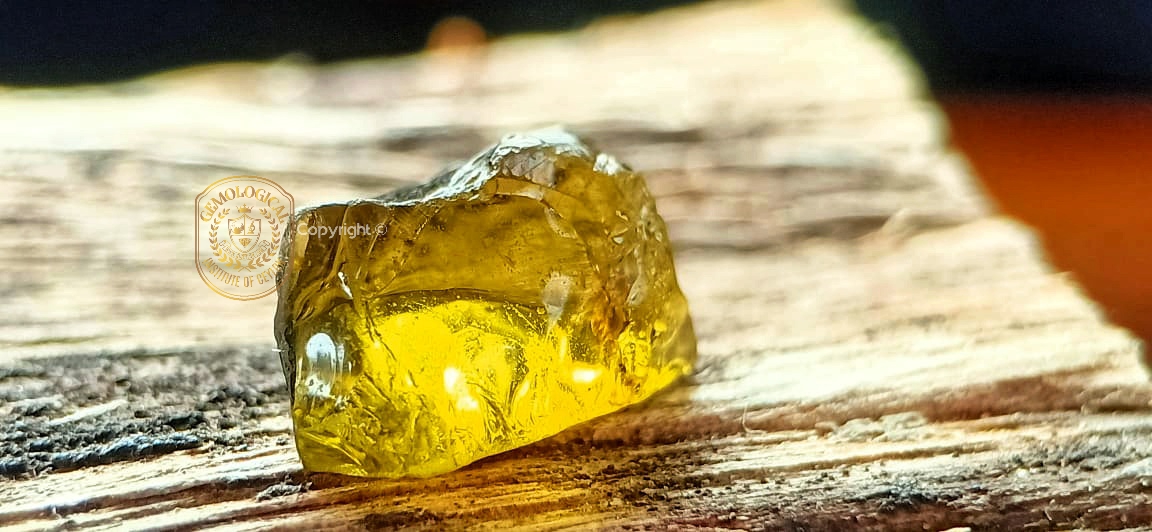
It’s true that zircons aren’t just fake diamonds. They’re also more than just that. They’re beautiful stones in their own right, and they come in a wide range of colors that are found in nature. Heat treatments also make a lot of new colors.
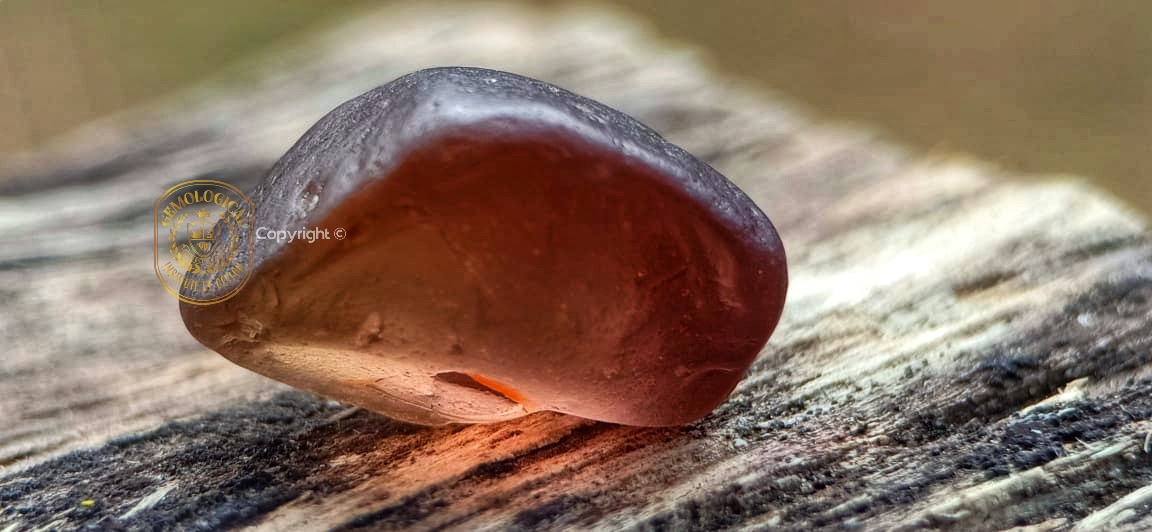
*Hyacinth or jacinth is a type of transparent reddish-brown zircon. This name was also used for hessonite, which is a reddish-orange variety of garnet.
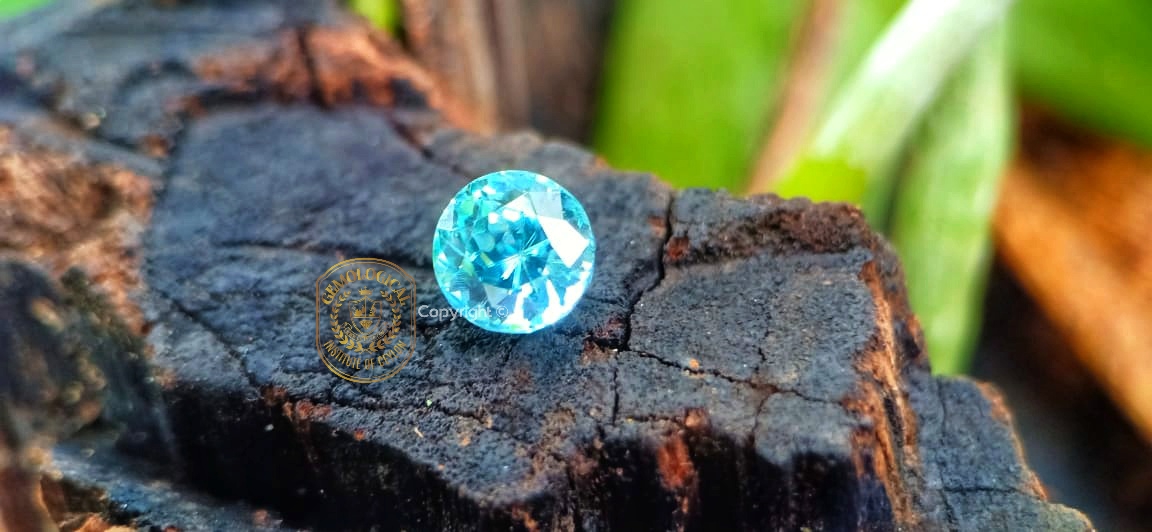
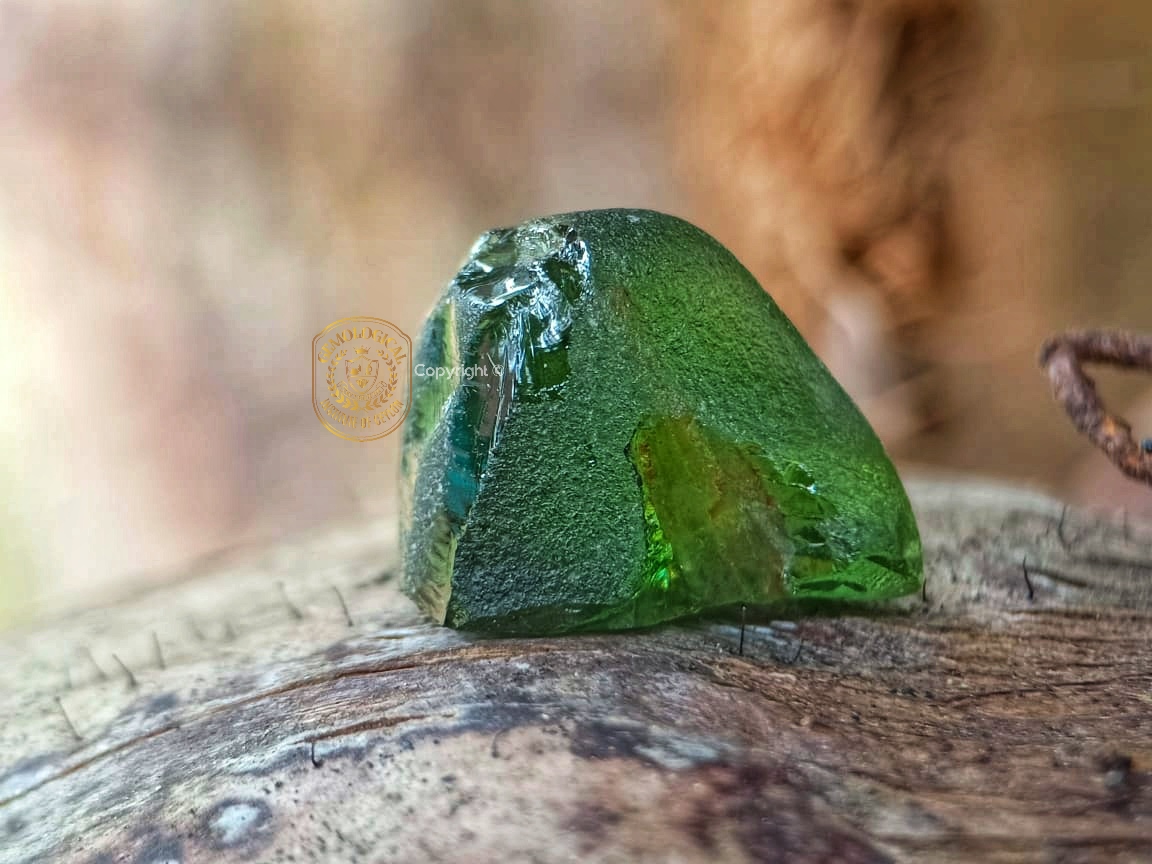
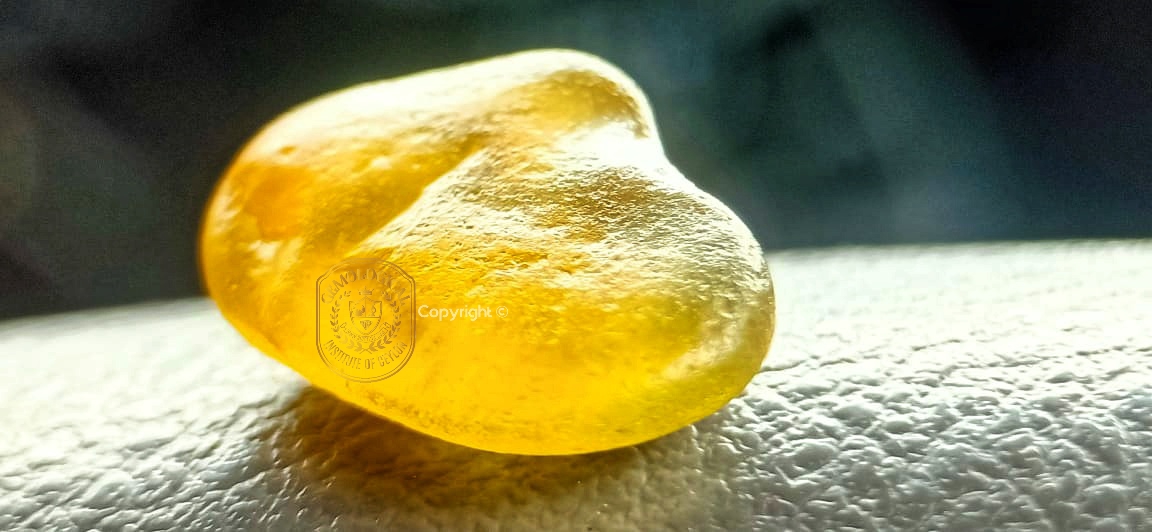
The fluorescence of zircon can be different. Some things aren’t useful. Other crystals light up very brightly. Mustard yellow and yellow-orange are two of the most common colors that glow under shortwave ultraviolet (UV) light. There are some zircons that glow dull yellow in longwave (LW) UV light. They may also phosphoresce, which makes them look like fireworks. When zircon is looked at with X-rays, it can be white, yellow, green, or violet-blue.
A method called flux has been used by scientists to make crystalline zircons for research, so they can learn more about them. However, there is no known use for this lab-made material in jewelry. However, you may be able to buy “synthetic zircons” online. It’s not clear if this material is made in a lab or if it’s cubic zirconia, which is more common and well-known (CZ). Zircons and cubic zirconia have both been used to look like diamonds, but they’re two different types of gems. While the CZ used in jewelry is made in a lab, it’s not synthetic zircon.
Zircons that don’t have any color or blue have almost always been heated. This procedure is not going to be found. Heating is the most common way to make blue, colorless, and golden-yellow shades. The stones that make these beautiful colors are usually reddish-brown in color. People don’t usually heat treat zircons that aren’t the same color. Green and yellow colors made by heating are usually more stable over time and less likely to fade from sunlight and UV light than blues made by heating.
Heating helps to crystallize zircons that aren’t completely clear. This increases the specific gravity and makes the absorption spectrum more focused. People who heat green Sri Lankan zircon make it look a little less green in color. Sri Lankan material that is reddish-brown turns colorless, sometimes reddish violet. A lot of people like to heat red-brown Thai and Cambodian stones so that they become colorless, blue, or golden. Often, brownstones are heated with or without oxygen in them to make them look blue and yellow. Brown zircons with a lot of uranium may turn green when they are heated.